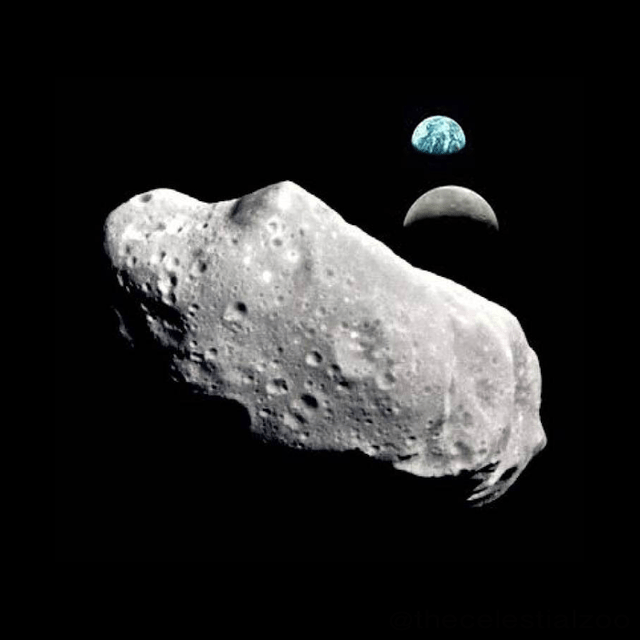Astronomers confirmed that the 2020 XL5 is an Earth Trojan asteroid. 2020 XL5 is the second Earth Trojan asteroid they have discovered. The Trojan asteroid was identified by a team of US National Science Foundation researchers using photos taken by the Southern Astrophysical Research Telescope in Chile, part of NSF’s NOIRLab.
The 2020 XL5 is over three-quarters of a mile in width. – It’s estimated that Earth Trojan Asteroid 2010 TK7 will pass within one-fourth of a mile. By studying the composition of Earth Trojan asteroids, astronomers can learn more about how the universe began.
As reported by National Science Foundation (NSF), there were several questions about 2020 XL5’s orbit at first. A team of astronomers studied years of archived images to better understand the Earth Trojan asteroid’s orbit. 2020 XL5 is an Earth Trojan asteroid, according to the findings of the research. It is possible that 2020 XL5 will remain stable for millennia, but gravity’s decreasing hold will eventually lead to 2020 XL5 wandering through space.
Cesar Briceño, one of the authors of the paper on the discovery, published in Nature Communications, said that some Earth Trojan asteroids may yet exist undiscovered. Getting to Earth Trojans could become cheaper than getting to the moon if more are found and their orbits have lower inclinations. Even if they’re not used for exploration, they could provide a valuable resource for future explorations of the solar system.
Earth Trojan asteroids
In comparison to the other planets in the solar system, Earth is a long way behind in technological advancement. The existence of Trojan asteroids, bodies that travel with Earth as it orbits the Sun, has been recognized for decades.
According to the CORDIS, Neptune has 28, Jupiter has around 7,000 Trojan asteroids. However, in 2011, the sole known Trojan on Earth was discovered. There had been one and only one until 2020 when scientists identified the planet’s second Trojan asteroid, 2020 XL5.
The newly-identified Trojan is a C-type asteroid that is carbon-rich and nearly coal-black in appearance. During a PanSTARRS sky survey, the new object was discovered. To be sure, the team used EU funding from the NEO-MAPP project to determine that it was an Earth Trojan.
As per the report, asteroid 2020 XL5 is currently in a steady Sun-Earth Lagrange point 4 orbit (L4). As a result of the gravitational pulls of two massive bodies, a small body remains at rest at a Lagrange point. Theoretically, any system of two massive bodies has five Lagrange points, but only two are stable, holding small bodies despite minor changes from external gravitational forces.
Read More:
Kuiper Belt: Everything You Need to Know About the ‘Graveyard of the Solar System’











Leave a Reply